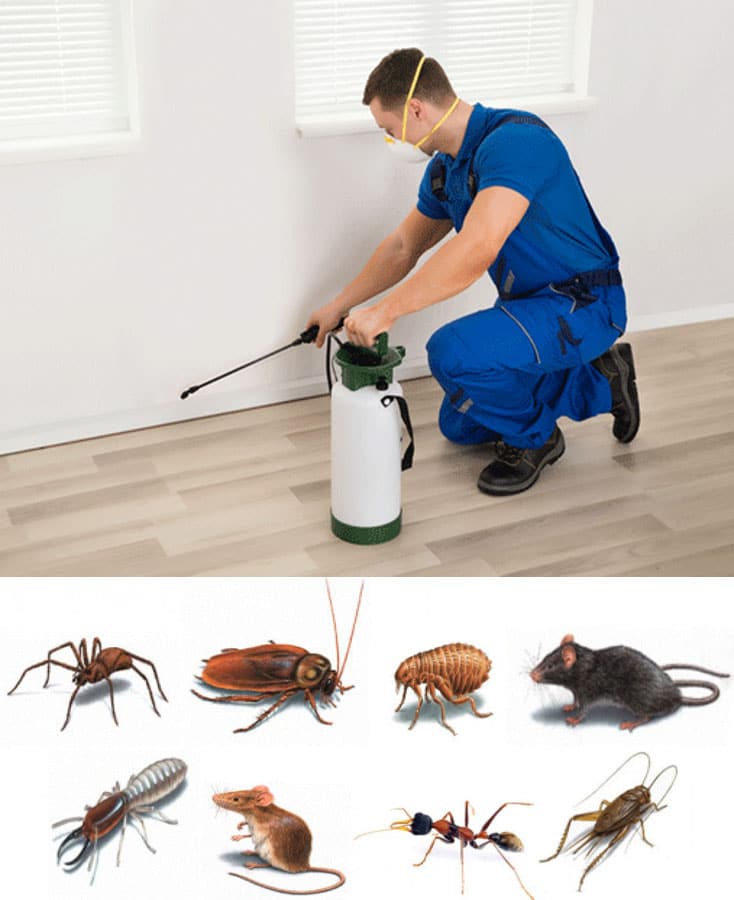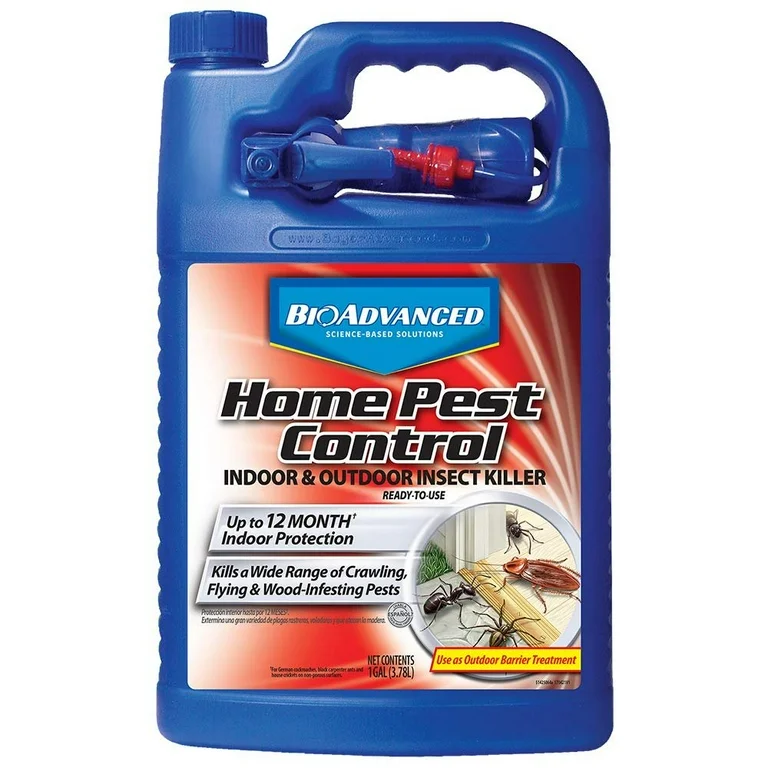Relied On A1 Exterminator Charlotte NC - Comprehensive Pest Solutions
Relied On A1 Exterminator Charlotte NC - Comprehensive Pest Solutions
Blog Article
Bed Pest Treatment Failure: Comparing Chemical Vs. Non-Chemical Solutions
In the realm of bug control, specifically when handling the consistent concern of bed pests, the choice between chemical and non-chemical therapy services can be a crucial one. Both techniques supply distinct advantages and disadvantages, affecting aspects such as performance, safety considerations, and overall expense. By checking out the nuanced details of each technique, a more clear understanding of which course to pursue in dealing with a bed insect problem can be attained.
Effectiveness of Chemical Therapies
Chemical treatments for bed bug problems have actually been extensively acknowledged for their powerful and rapid efficiency in getting rid of these insects. When thinking about the effectiveness of chemical therapies, it is important to understand that they can give a detailed and fast solution to a bed bug problem.
In addition, chemical therapies have the advantage of using recurring results, indicating that they can proceed to remove bed pests even after the initial application. This recurring action is specifically advantageous in combating any possible re-infestations. In addition, the fast action of chemical treatments can bring alleviation to people dealing with extreme bed bug problems, allowing them to gain back control of their living areas quickly.
Security Worry About Chemical Solutions
One essential element that needs cautious consideration when using chemical options for bed pest treatment is guaranteeing the security of passengers and the environment. While chemical therapies can be efficient in eradicating bed bugs, they might position dangers if not managed effectively. Among the key safety and security interest in chemical options is the prospective damage they can trigger to human health. Exposure to certain chemicals used in bed pest treatments can lead to respiratory problems, skin inflammation, or various other adverse reactions, specifically in people with pre-existing problems or sensitivities. Furthermore, inappropriate application or dose of chemical pesticides can cause poisonous deposits remaining in the treated area, posing long-lasting wellness dangers to passengers.
Additionally, the ecological effect of chemical remedies is an additional considerable factor to consider. Some pesticides utilized in bed bug treatments may be unsafe to useful pests, wildlife, and environments if they leach right into the dirt or water supply. It is vital to use chemical therapies deliberately, adhering to safety and security standards, and taking into consideration much less toxic choices to mitigate these dangers and make sure the secure and efficient management of bed bug invasions.
Benefits of Non-Chemical Techniques
Considering the potential safety and security problems and ecological impact associated with chemical solutions for bed insect treatment, checking out non-chemical strategies offers a promising alternative with a number of distinctive benefits. Non-chemical treatments are ecologically friendly, as they do not contribute to air or water pollution, making them a sustainable choice for pest control.
Furthermore, non-chemical remedies can be effective in targeting bed insects, including hard-to-reach locations where chemical therapies may not pass through - A1 bed bug exterminator charlotte. Techniques such as warm therapy, vacuuming, vapor cleaning, and mattress encasements supply comprehensive obliteration without the usage of hazardous chemicals.
Limitations of Non-Chemical Treatments

Furthermore, non-chemical treatments commonly require several applications to achieve effective removal. This can be lengthy and might not always assure total removal of all bed insects and their eggs, particularly in hard-to-reach or hidden locations.
Furthermore, the success of non-chemical therapies greatly counts on appropriate application and thoroughness, which can be testing for individuals without professional knowledge. Inadequate application of non-chemical techniques might cause insufficient eradication, resulting in consistent invasions and the demand for extra treatments.
Therefore, while non-chemical therapies have their benefits, it is vital to acknowledge these restrictions and consider them when figuring out the most efficient method for handling bed insect infestations.
Expense Contrast: Chemical Vs. Non-Chemical Options
Offered the constraints related to non-chemical treatments, an essential aspect to examine in the context of bed insect administration is the expense comparison between chemical and non-chemical alternatives. Chemical therapies normally entail the application of insecticides by professionals, which can vary from $250 to $900 per room, relying on the extent of the infestation and the dimension of the area to be dealt with. On the other hand, non-chemical therapies like heat treatment or steam can be more expensive, with prices ranging from $1,000 to $6,000 for a whole home. While the first expense of chemical therapies might browse around these guys seem reduced, several treatments may be called for to totally eradicate the infestation, possibly raising the total cost. On the other hand, non-chemical alternatives may supply an extra lasting and eco-friendly solution, although they can be cost-prohibitive for some people. Ultimately, when taking into consideration the cost of bed bug treatment options, it is very important to evaluate the in advance expenditures against the performance and long-term sustainability of the selected approach.
Final Thought

Taking into consideration the prospective safety and security issues and ecological effect linked with chemical services for bed pest treatment, discovering non-chemical methods presents a promising alternative with numerous unique advantages.Offered the limitations associated with non-chemical treatments, a crucial aspect to assess in the context of bed insect administration is the expense contrast in between chemical and non-chemical alternatives. In contrast, non-chemical treatments like warm therapy or vapor can be more expensive, with expenses ranging from $1,000 to $6,000 for a whole home. While the preliminary price of chemical therapies might seem reduced, several therapies may be needed to completely remove the problem, possibly boosting the overall cost.In conclusion, when comparing chemical and non-chemical bed bug therapy home pest control spray alternatives, it is essential to learn the facts here now consider effectiveness, safety, advantages, constraints, and price.
Report this page